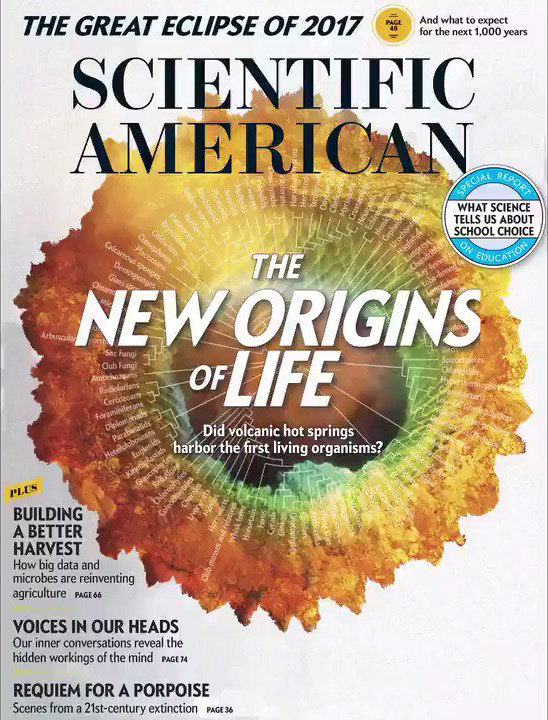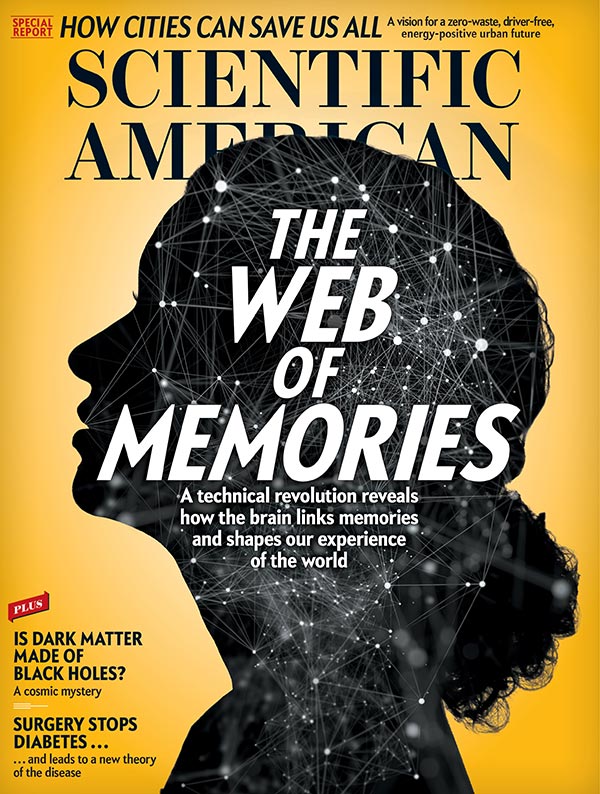
The author in the 1984 Race Across America (RAAM), crossing from Arizona into Utah through the Virgin River Gorge.
Among cycling aficionados of my generation, Peter Yates’ and Steve Tesich’s 1979 film Breaking Away was a welcome vehicle to convey the elegance and complex strategy of our sport to an American audience largely oblivious to its beauty and nuances. Of course, like most sports films, it was a metaphor for something deeper, in this case a coming of age story of a young man struggling to break away from the provincialism of family and friends, along with a morality tale about how everyone lies a little and some people cheat a lot.
In Knowing the Score, King’s College philosopher David Papineau uses specific sports as metaphors for and lessons about many of the most important and contentious issues in philosophy and life. In his chapters on cycling, for example, he confesses his ignorance while watching the 2012 Olympic road race as to why four women cyclists from different countries would work together after their break away from the peloton. Papineau finds an answer in game theory, the analysis of competition and cooperation between rational actors in a conflict situation. The prisoner’s dilemma model is the most famous example: you and another prisoner are arrested for a crime with the following options: (1) If both of you remain silent then you each receive one year in jail; (2) If you confess but the other person does not, then you go free and he gets three years; (3) If the other prisoner confesses and you don’t, then you receive the three-year penalty while he goes free; (4) If you both confess then you each get two years. What should you do? Research shows that when the game is played just once, or over a fixed number of rounds without the players being allowed to communicate, defection (confessing) is the common strategy. But when the game is played over an unknown number of rounds the most common strategy is “tit-for-tat,” where you begin by cooperating and then do whatever the other player does. Even more cooperation can be induced in a “Many Person Dilemma” in which one player interacts with several other players, and in which players are allowed to accumulate experience with the other players in order to establish trust. Here cooperation trumps competition, selflessness overcomes selfishness. (continue reading…)
Comments Off on Life’s Score
Private thoughts and public acts
Novelists often offer deep insights into the human psyche that take psychologists years to test. In his 1864 Notes from Underground, for example, Russian novelist Fyodor Dostoyevsky observed: “Every man has reminiscences which he would not tell to everyone, but only to his friends. He has other matters in his mind which he would not reveal even to his friends, but only to himself, and that in secret. But there are other things which a man is afraid to tell even to himself, and every decent man has a number of such things stored away in his mind.”
Intuitively, the observation rings true, but is it true experimentally? Twenty years ago social psychologists Anthony Greenwald, Mahzarin Banaji and Brian Nosek developed an instrument called the Implicit Association Test (IAT) that, they claimed, can read the innermost thoughts that you are afraid to tell even yourself. And those thoughts appear to be dark and prejudiced: we favor white over black, young over old, thin over fat, straight over gay, able over disabled, and more. (continue reading…)
read or write comments (21)
Memories, points of view and the self
The Discovery is a 2017 Netflix film in which Robert Redford plays a scientist who proves that the afterlife is real. “Once the body dies, some part of our consciousness leaves us and travels to a new plane,” the scientist explains, evidenced by his machine that measures, as another character puts it, “brain wavelengths on a subatomic level leaving the body after death.”
This idea is not too far afield from a real theory called quantum consciousness, proffered by a wide range of people, from physicist Roger Penrose to physician Deepak Chopra. Some versions hold that our mind is not strictly the product of our brain and that consciousness exists separately from material substance, so the death of your physical body is not the end of your conscious existence. Because this is the topic of my next book, Heavens on Earth: The Scientific Search for the Afterlife, Immortality, and Utopia (Henry Holt, 2018), the film triggered a number of problems I have identified with all such concepts, both scientific and religious. (continue reading…)
read or write comments (40)
This article appeared in Theology and Science Vol. 15, No. 3 in June 2017.
A recording of this article can be listened to below, read by the author, with an introduction by David Smalley, thanks to our Patrons at Patreon.
Abstract
The success of the Scientific Revolution led to the development of the worldview of scientific naturalism, or the belief that the world is governed by natural laws and forces that can be understood, and that all phenomena are part of nature and can be explained by natural causes, including human cognitive, moral and social phenomena. The application of scientific naturalism in the human realm led to the widespread adoption of Enlightenment humanism, a cosmopolitan worldview that places supreme value on science and reason, eschews the supernatural entirely and relies exclusively on nature and nature’s laws, including human nature. (continue reading…)
Comments Off on Scientific Naturalism: A Manifesto for Enlightenment Humanism
Unraveling the Mystery of Why People Act as They Do
This review of Behave: The Biology of Humans at Our Best and Worst by Robert M. Sapolsky (Penguin Press, May 2018. ISBN 9780143110910) appeared in The American Scholar in June 2017.
Have you ever thought about killing someone? I have, and I confess that it brought me peculiar feelings of pleasure to fantasize about putting the hurt on someone who had wronged me. I am not alone. According to the evolutionary psychologist David Buss, who asked thousands of people this same question and reported the data in his 2005 book, The Murderer Next Door, 91 percent of men and 84 percent of women reported having had at least one vivid homicidal fantasy in their life. It turns out that nearly all murders (90 percent by some estimates) are moralistic in nature—not cold-blooded killing for money or assets, but hot-blooded homicide in which perpetrators believe that their victims deserve to die. The murderer is judge, jury, and executioner in a trial that can take only seconds to carry out. (continue reading…)
Comments Off on It’s Complicated



![Knowing the Score: What sports can teach us about philosophy (and what philosophy can teach us about sports) [BOOK COVER]](https://www.skeptic.com/eskeptic/2017/images/17-08-09/knowing-the-score-cover.jpg)

